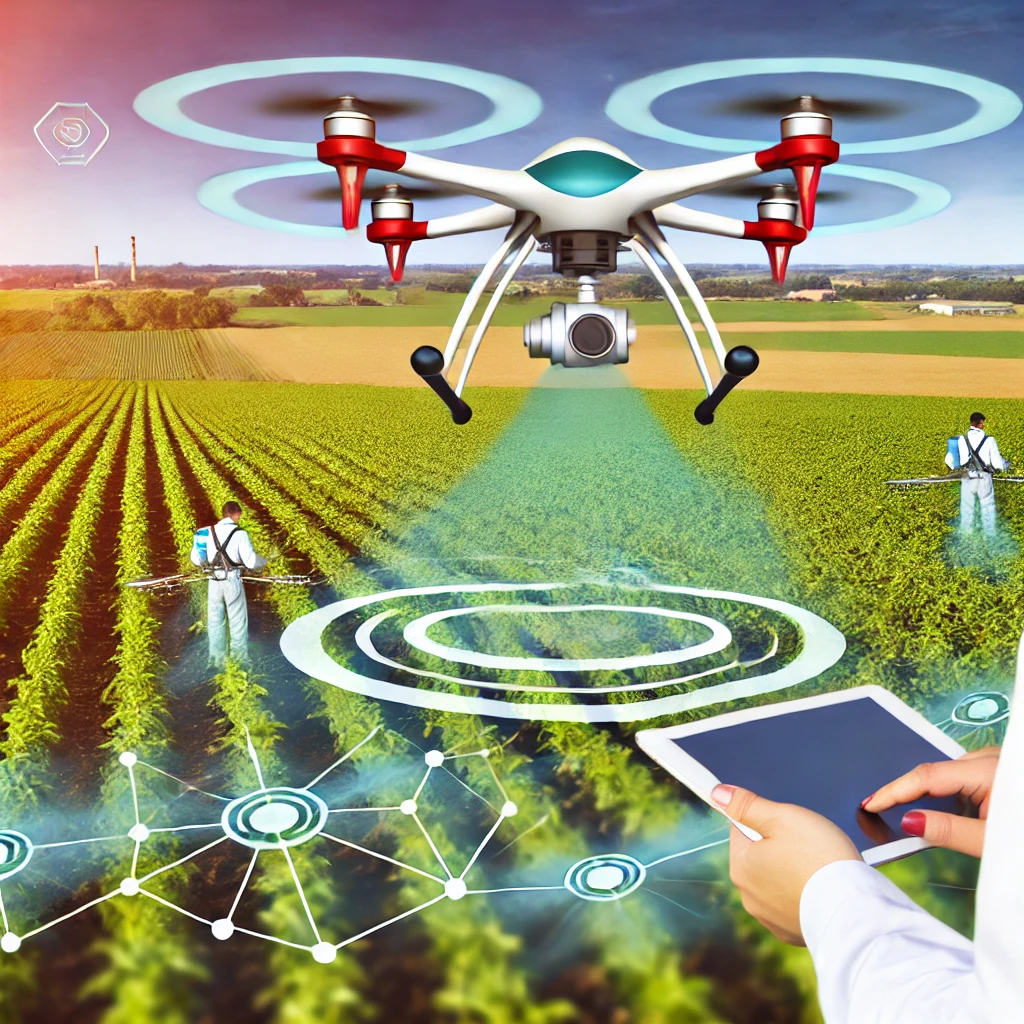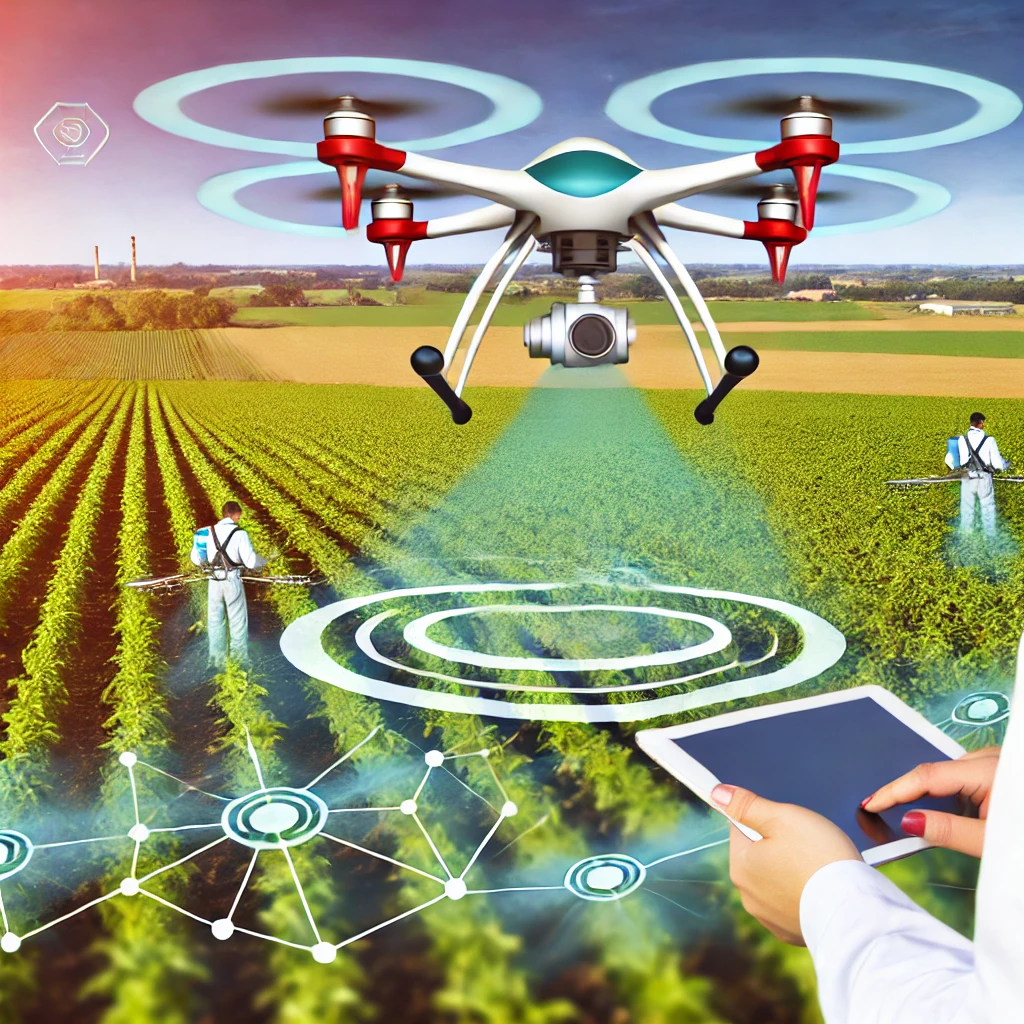
Introduction
Drones, or unmanned aerial vehicles (UAVs), are revolutionizing pest control by providing targeted, efficient, and environmentally friendly solutions. Advances in drone technology have enabled precision agriculture practices that enhance pest management strategies, reduce chemical use, and promote sustainable farming. This essay explores the latest developments in drone technology for pest control applications and their benefits.
Precision Application of Pesticides
One of the primary advantages of using drones in pest control is their ability to apply pesticides with precision. Equipped with advanced sensors and GPS technology, drones can accurately target pest-infested areas, minimizing the use of chemicals and reducing environmental impact. Unlike traditional methods, which may involve blanket spraying of large areas, drones can deliver pesticides directly to the affected crops, ensuring effective pest control while protecting beneficial insects and reducing pesticide runoff.
Real-Time Monitoring and Data Collection
Drones are equipped with high-resolution cameras and multispectral sensors, allowing for real-time monitoring and data collection. This capability enables farmers to quickly identify pest hotspots, assess crop health, and detect early signs of infestations. The data collected by drones can be analyzed using machine learning algorithms to predict pest outbreaks and optimize pest management strategies. This proactive approach helps farmers make informed decisions, reducing the need for reactive pest control measures and promoting sustainable agricultural practices.
Biological Control and Precision Release
In addition to pesticide application, drones can be used for the precision release of biological control agents, such as beneficial insects. By releasing natural predators directly into pest-infested areas, drones help manage pest populations in an eco-friendly manner. This method supports integrated pest management (IPM) practices by reducing reliance on chemical pesticides and enhancing the ecological balance of agricultural ecosystems. The precision release capabilities of drones ensure that biological control agents are deployed where they are needed most, maximizing their effectiveness.
Cost and Labor Efficiency
Drones offer significant cost and labor efficiencies in pest control applications. Traditional methods often require extensive labor and equipment, which can be time-consuming and costly. Drones can cover large areas quickly, reducing the time and labor needed for pest management tasks. Additionally, the precision of drone applications can lead to cost savings by minimizing the amount of pesticides used and reducing crop damage from pests. This efficiency makes drones an attractive option for both large-scale farms and smaller agricultural operations.
Future Directions in Drone Technology for Pest Control
The future of drone technology in pest control will likely involve further advancements in automation, AI, and machine learning. Drones may soon be able to autonomously identify and target specific pests, apply precise treatments, and continuously monitor crop health without human intervention. Improvements in drone battery life, payload capacity, and sensor technology will enhance their effectiveness and expand their applications. Furthermore, integration with other precision agriculture technologies, such as satellite imaging and ground-based sensors, will provide a comprehensive approach to pest management.
Conclusion
Advances in drone technology are transforming pest control by enabling targeted, efficient, and sustainable solutions. The precision application of pesticides, real-time monitoring, and the release of biological control agents highlight the versatility and effectiveness of drones in modern agriculture. As technology continues to evolve, drones will play an increasingly important role in integrated pest management, promoting sustainable practices and enhancing agricultural productivity.

